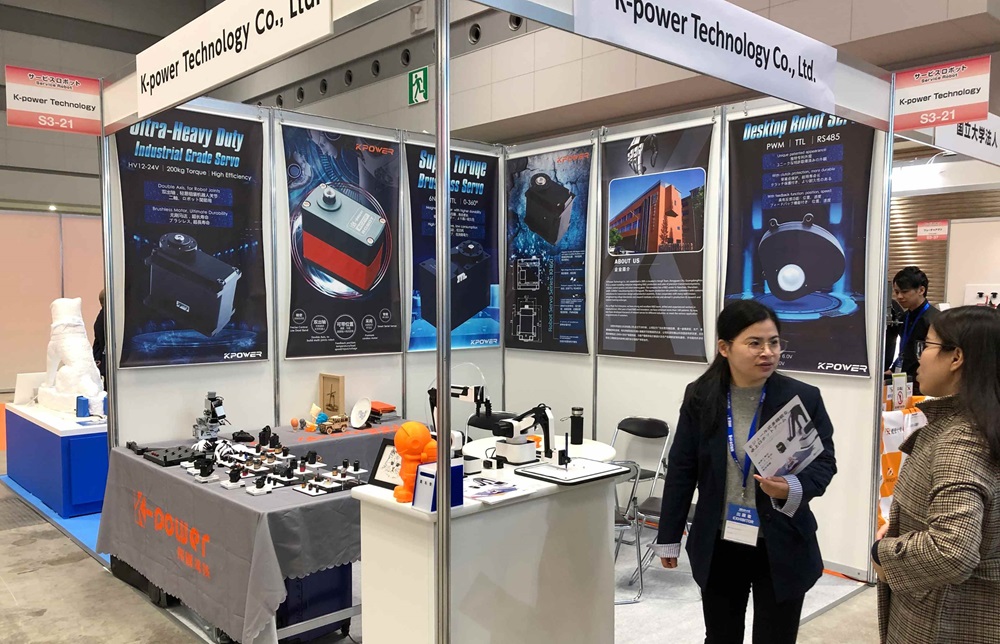Imagine you're trying to run a complex piece of machinery — say a spaceship. Every part needs to coordinate perfectly. Now, scale that to a web app built with microservices. Each service handles its own task, but they all have to work in harmony. That's where the Saga pattern kicks in. It’s like a celestial choreographer, making sure every star in your microservice galaxy aligns properly, even when things go wrong.

When you’re deep into Java-based microservices, managing distributed transactions can feel like juggling knives. One service might confirm a payment, but what if another service fails? Rolling back everything sounds great but gets messy fast. Enter the Saga pattern — a way to orchestrate long-running business transactions across multiple microservices without locking them all down at once. Instead of traditional transaction boundaries, it breaks down the process into smaller, manageable steps, each with a corresponding compensating action if things go sideways.
Let's picture a booking system: First, reserve a flight, then charge the credit card, then book the hotel. What if charging the credit card succeeds but hotel reservation fails? The Saga pattern offers an elegant solution here. It ensures the system can undo, or compensate for, previous actions — like canceling the flight reservation if hotel booking fails. In Java, implementing this pattern is straightforward with frameworks and libraries tuned for microservices, enhancing reliability without crippling the system.
Here's a question: How does the Saga pattern really help with scaling? Well, because it reduces the need for distributed locking, jobs can run independently, allowing your system to grow without bottlenecks. It promotes eventual consistency, which is often enough for modern apps where speed and user experience matter more than absolute real-time sync.
Now, think about fault tolerance. Traditional transactions choke when a step fails, halting everything. The Saga pattern, however, gracefully manages failures, guiding your system through a series of steps that can be rolled back or compensated for, maintaining system stability. No more panic when an external API fails or a service crashes — your app just stays resilient, like a well-built fortress.
And about connecting the dots — why choose Saga for microservices in Java? Because it fits like a glove. Java’s ecosystem, with tools like Axon, Spring Boot, or even custom implementations, makes it easy to integrate Saga orchestrations. Plus, the pattern’s flexibility means you can customize rollback strategies, sequence flows, and state management to match your unique business logic.
So, if you're diving into microservices architecture, don't overlook the Saga pattern. It’s not just a fancy buzzword but a proven way to keep your distributed transactions smooth, reliable, and scalable. Building resilient, loosely connected systems becomes a lot easier, and your users will thank you for the seamless experience. It’s about making complexity manageable, one step at a time.
Established in 2005, Kpower has been dedicated to a professional compact motion unit manufacturer, headquartered in Dongguan, Guangdong Province, China. Leveraging innovations in modular drive technology, Kpower integrates high-performance motors, precision reducers, and multi-protocol control systems to provide efficient and customized smart drive system solutions. Kpower has delivered professional drive system solutions to over 500 enterprise clients globally with products covering various fields such as Smart Home Systems, Automatic Electronics, Robotics, Precision Agriculture, Drones, and Industrial Automation.




































